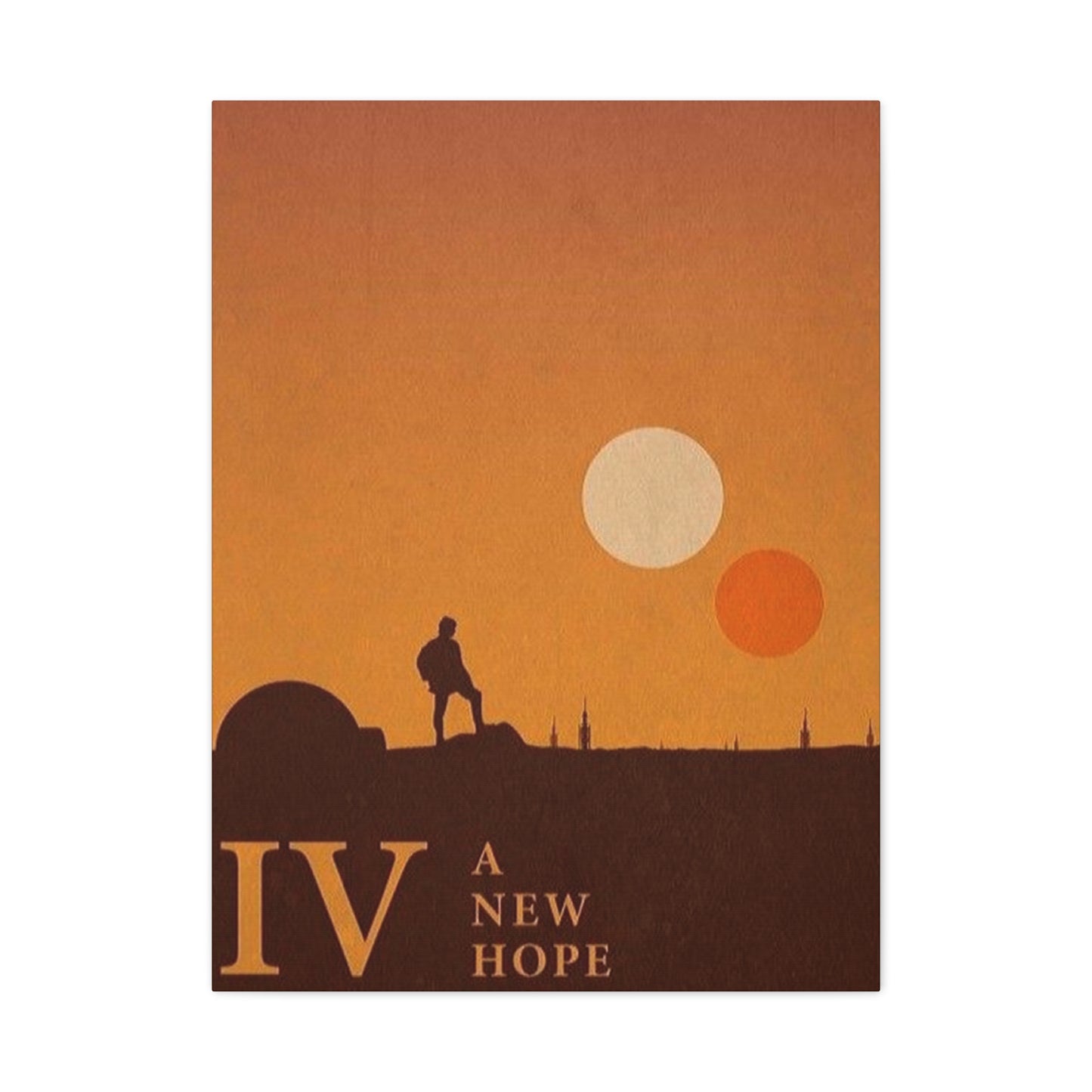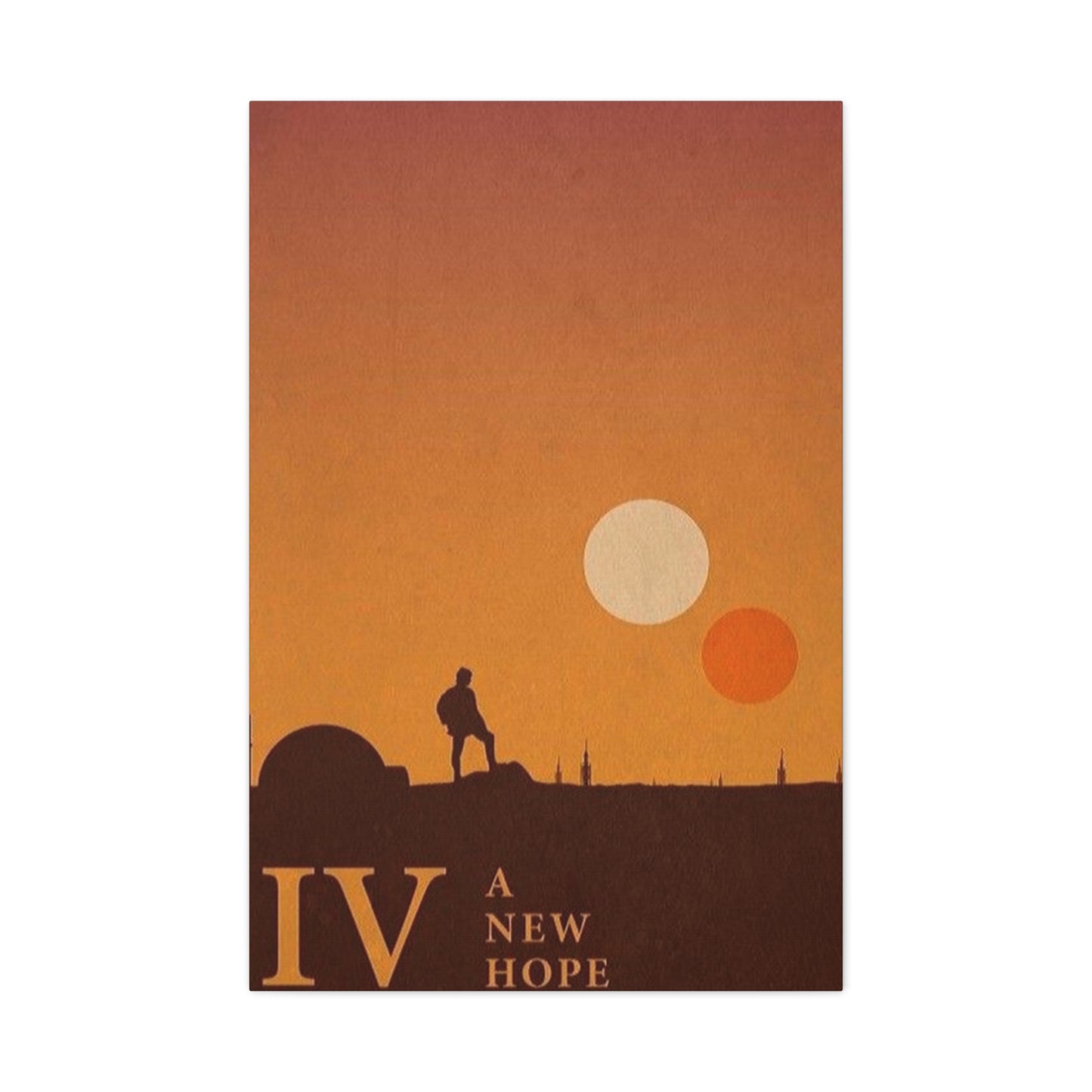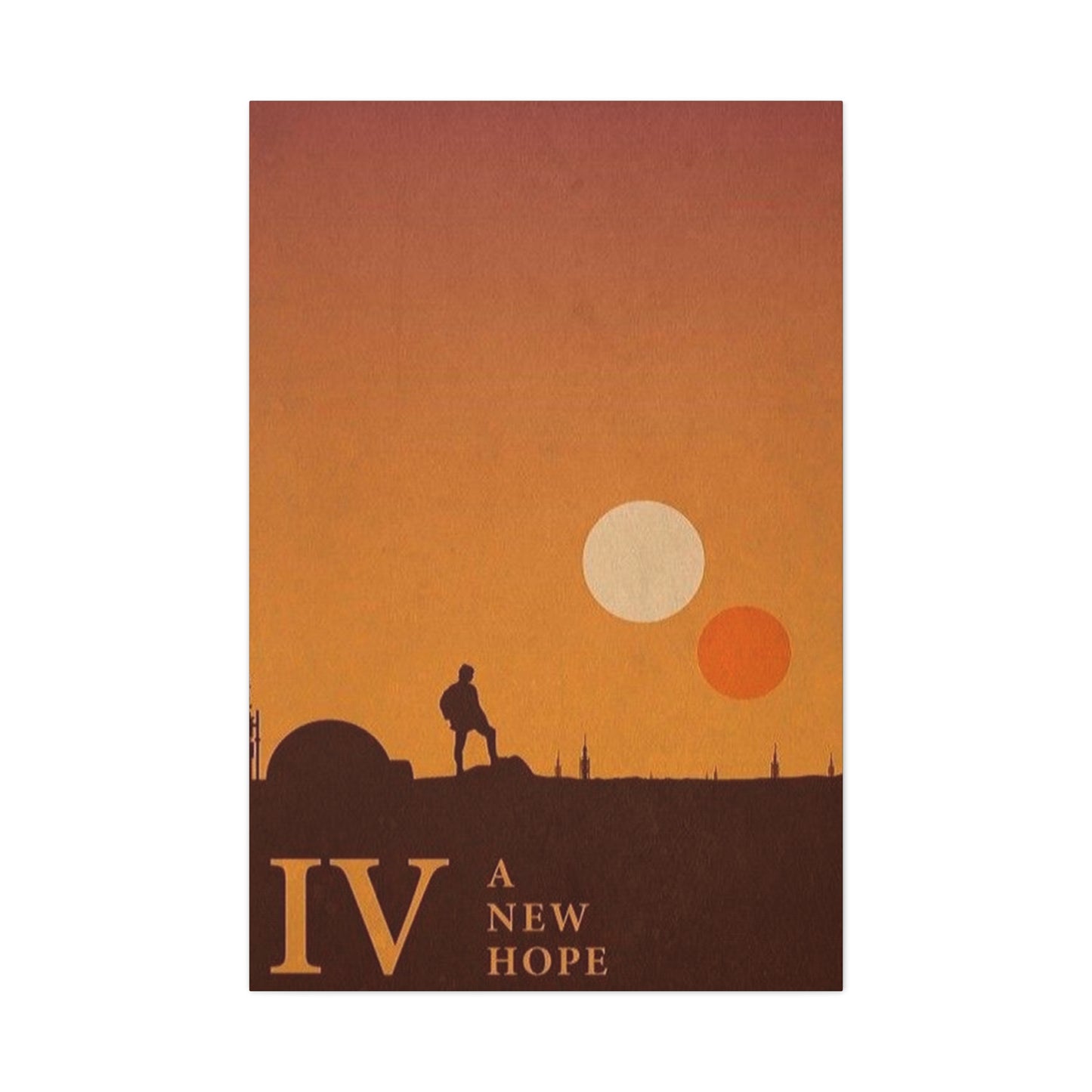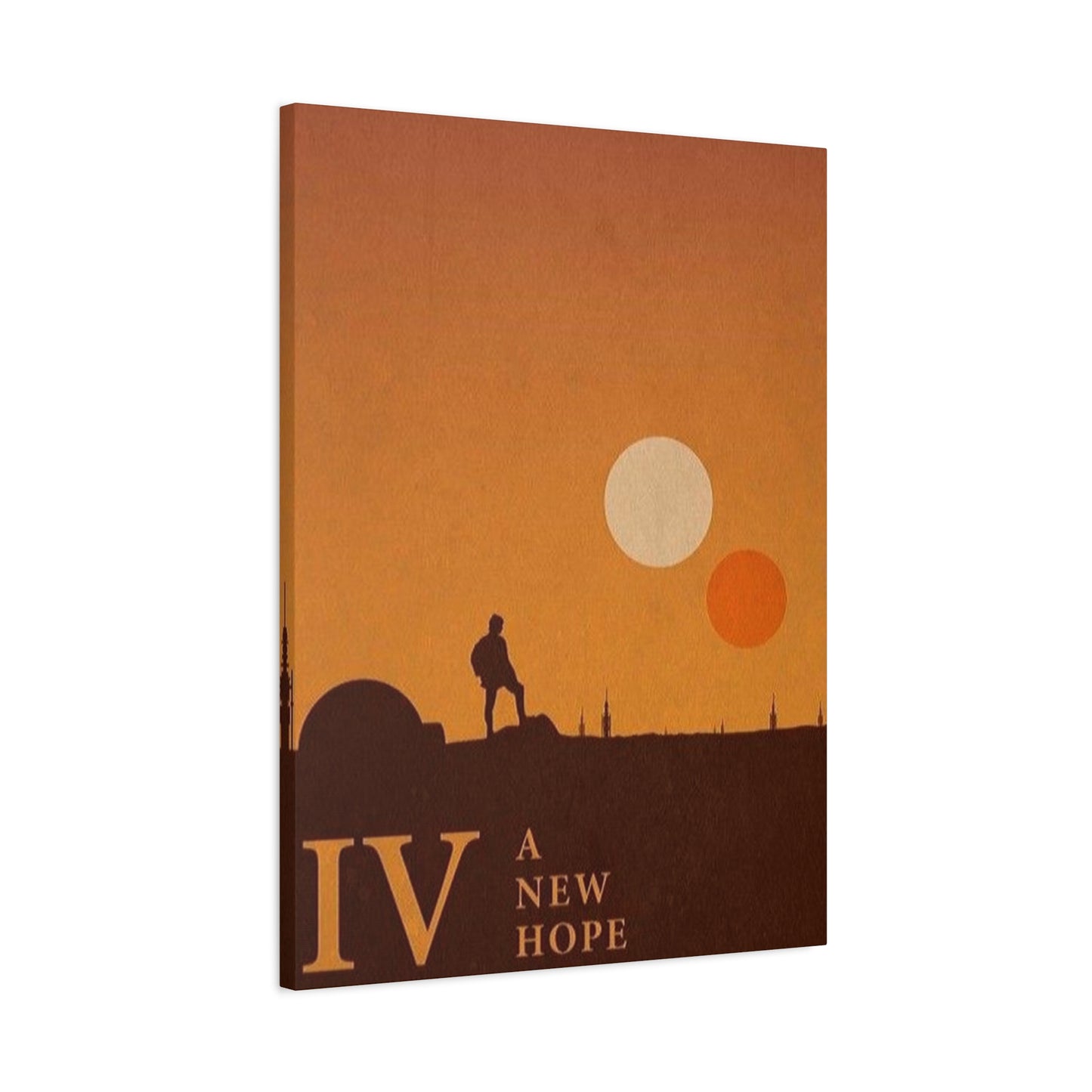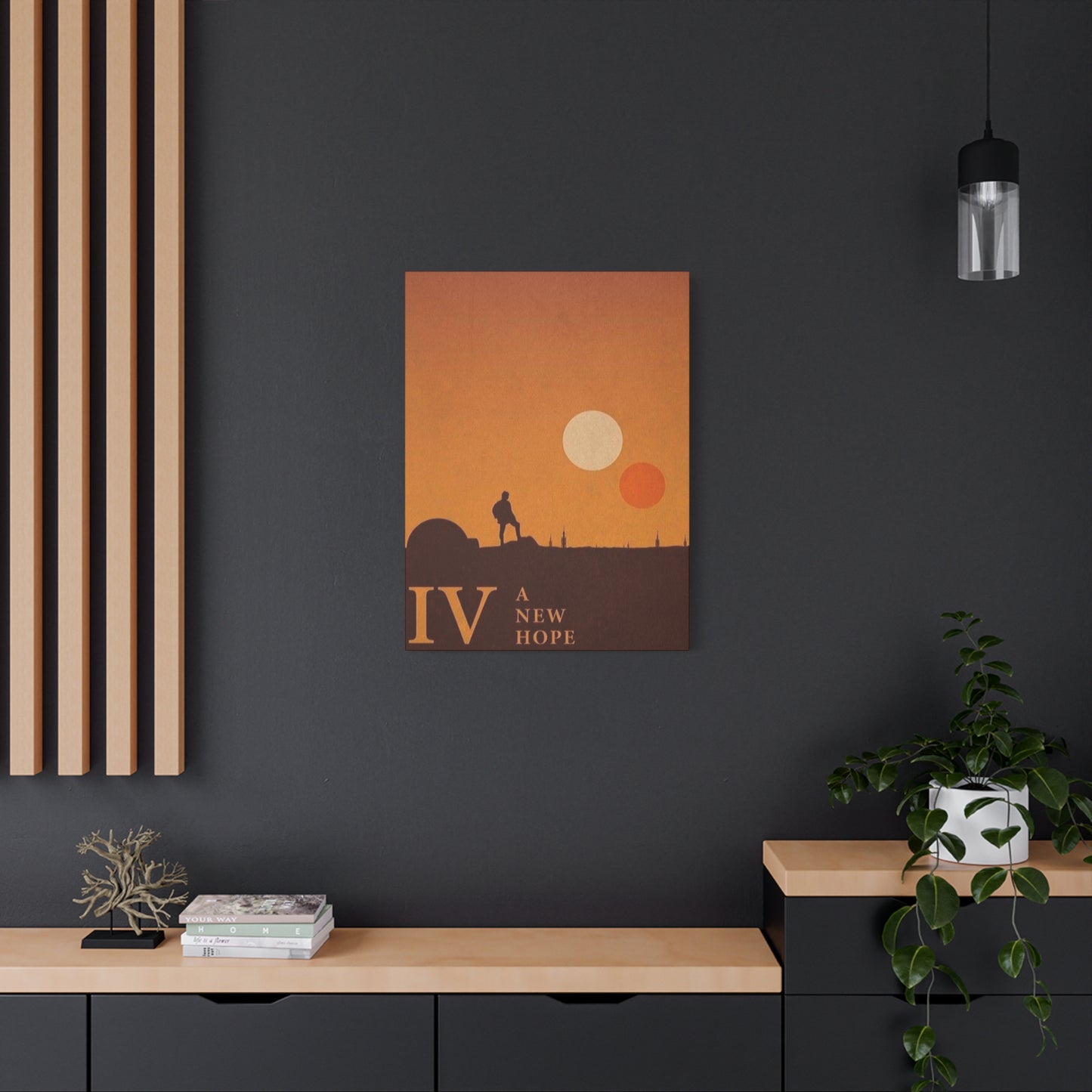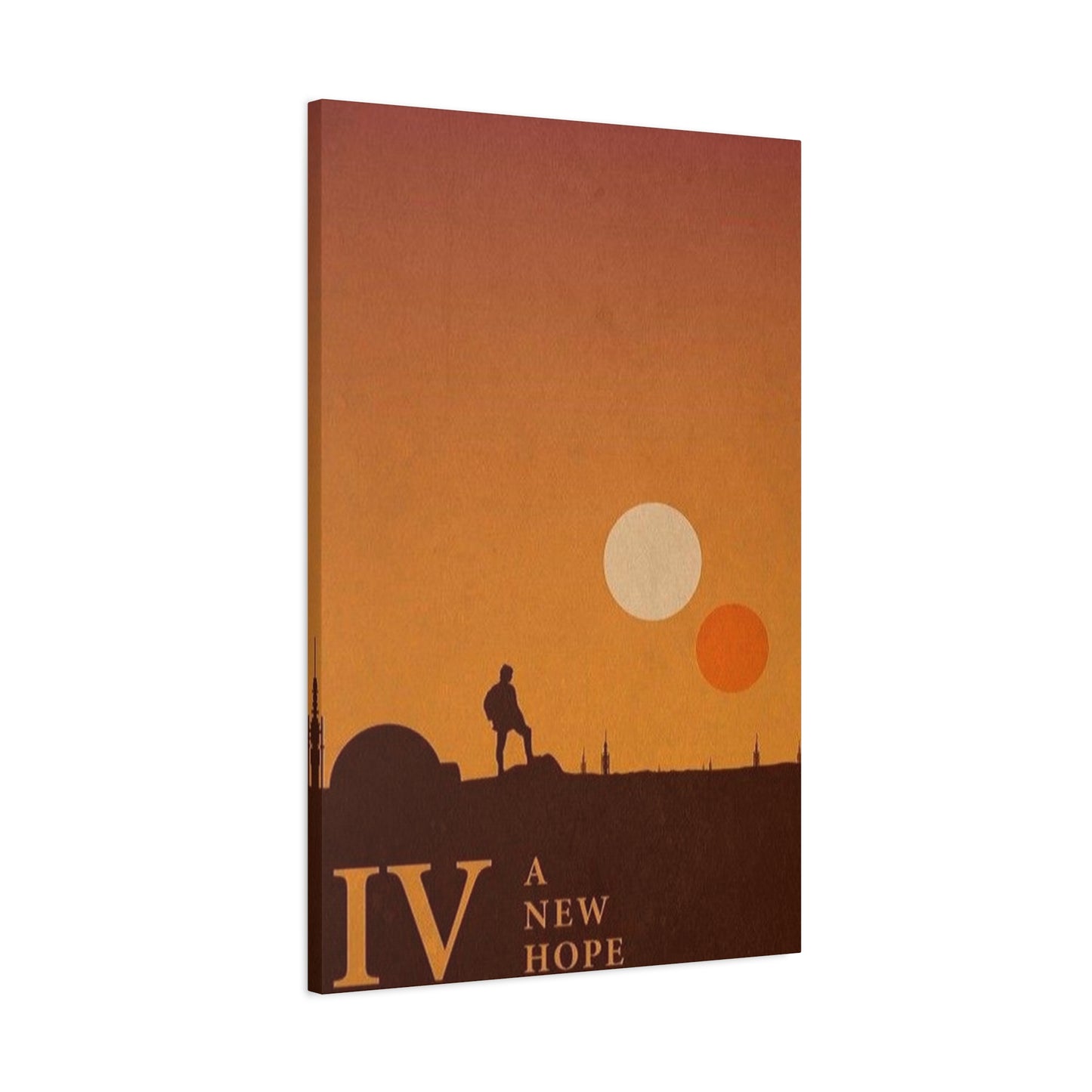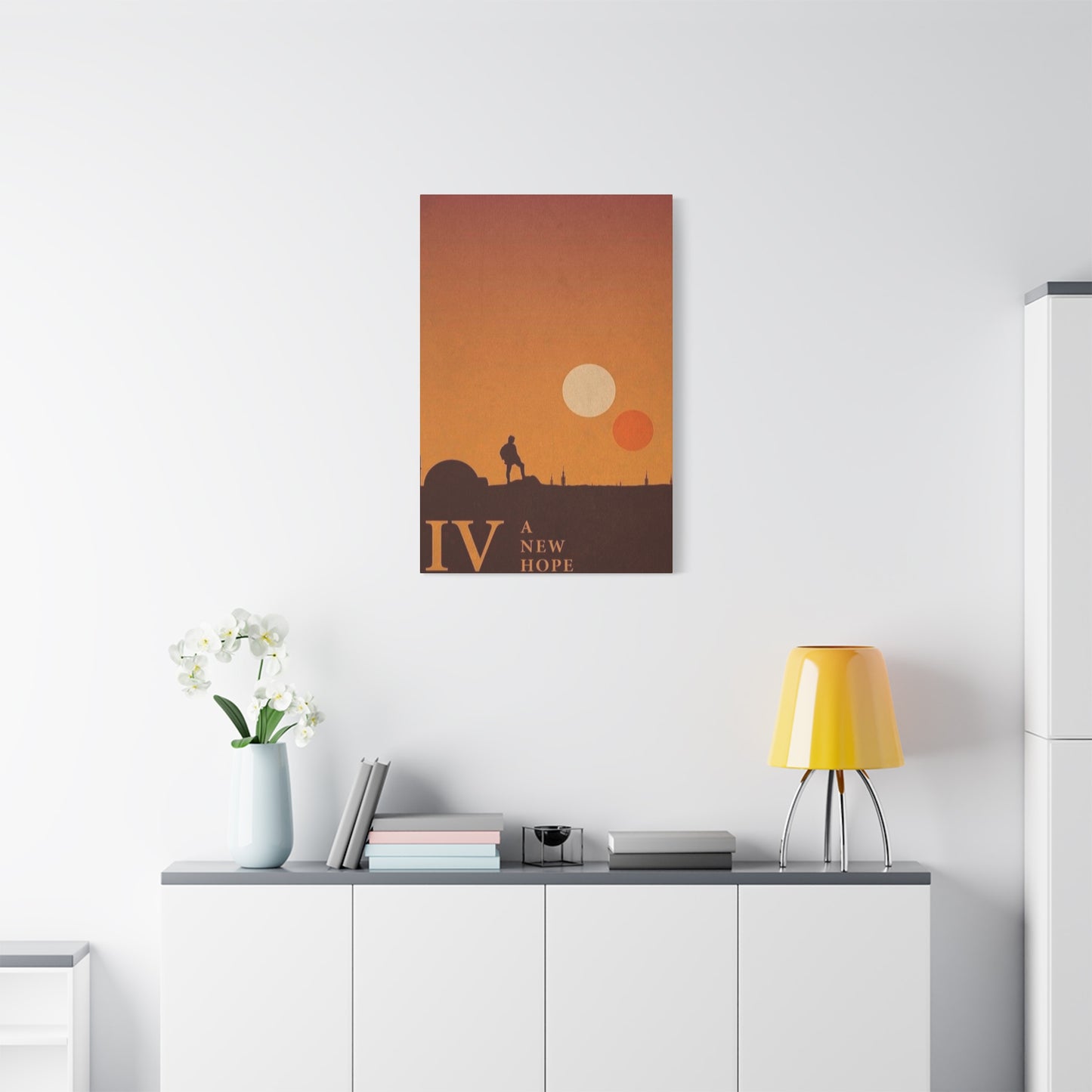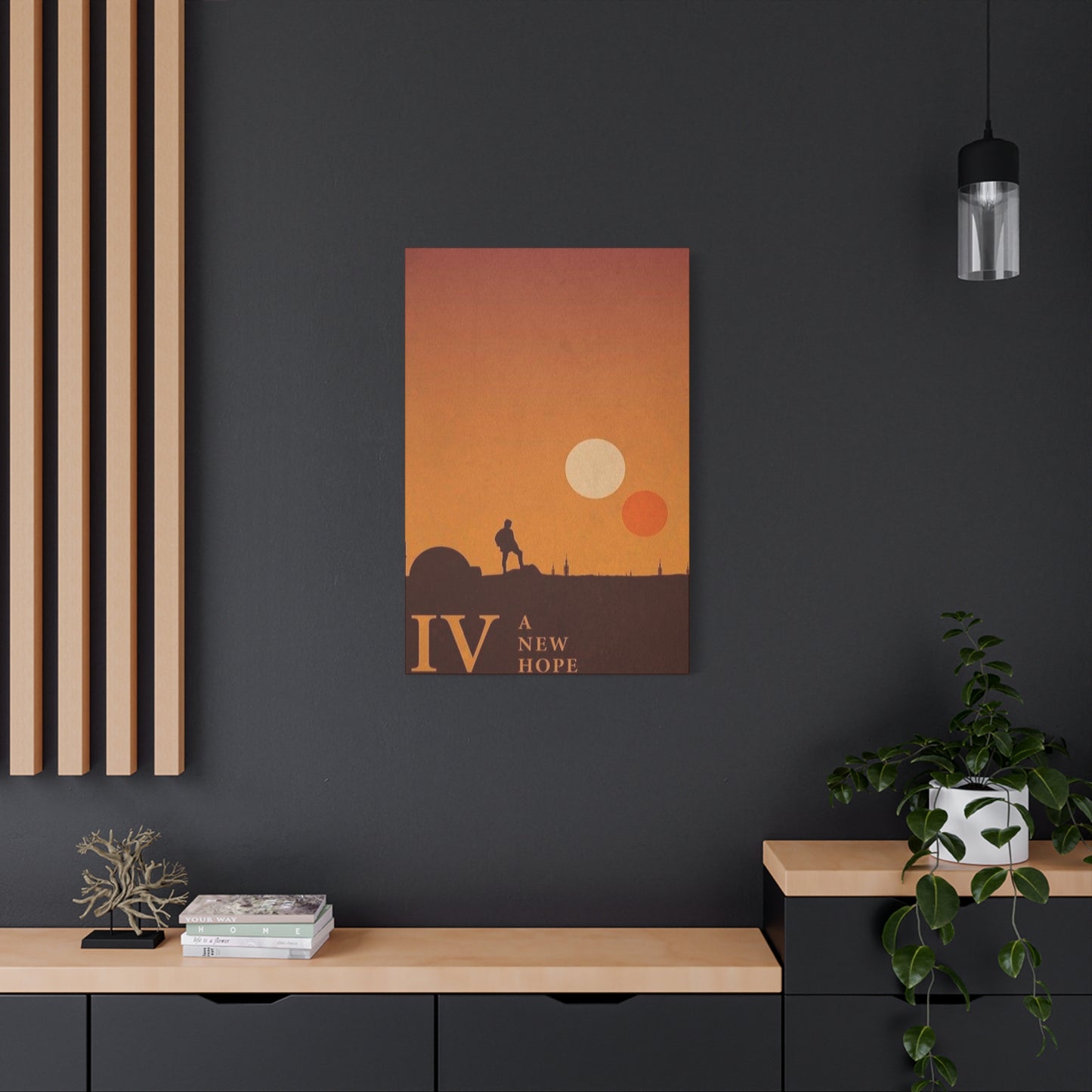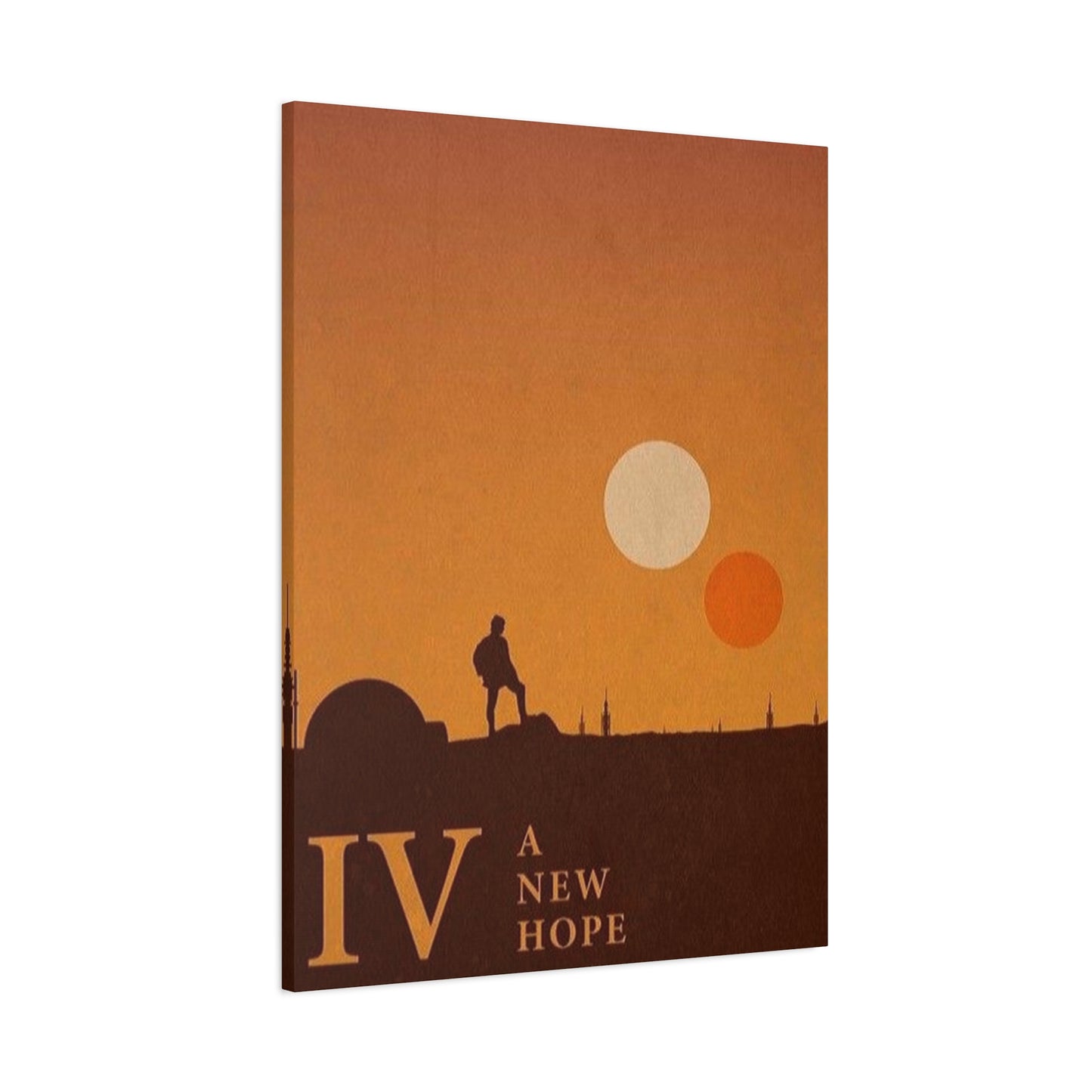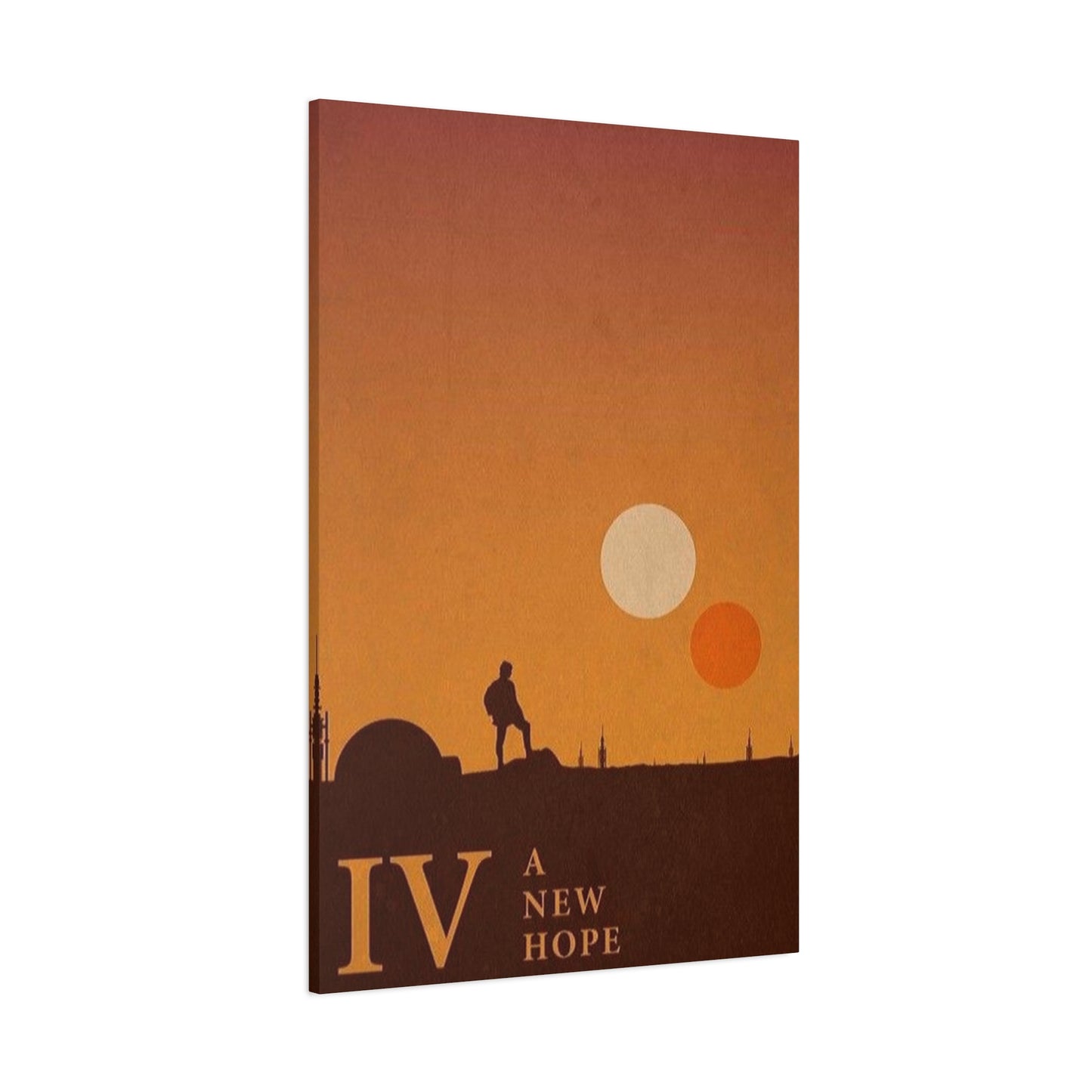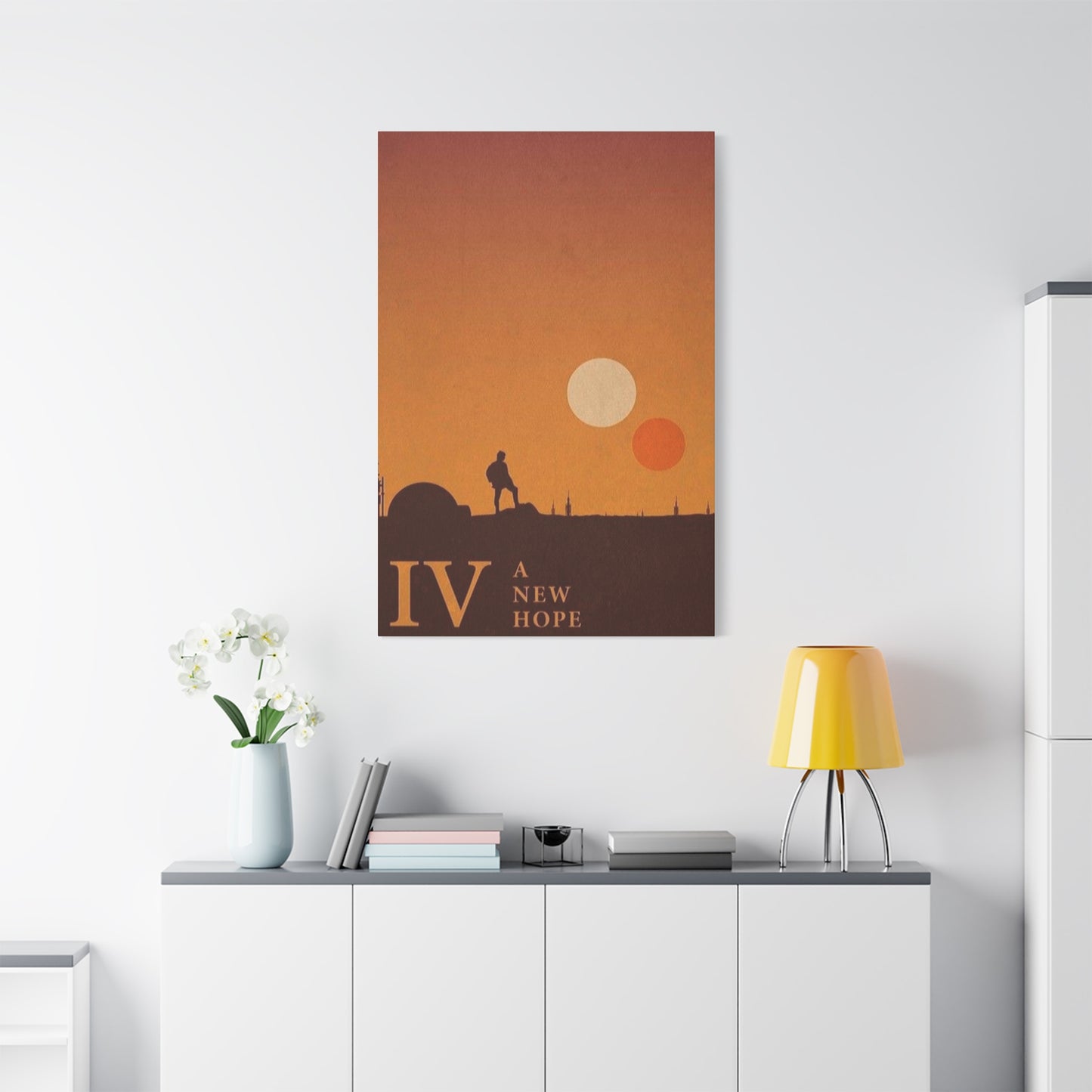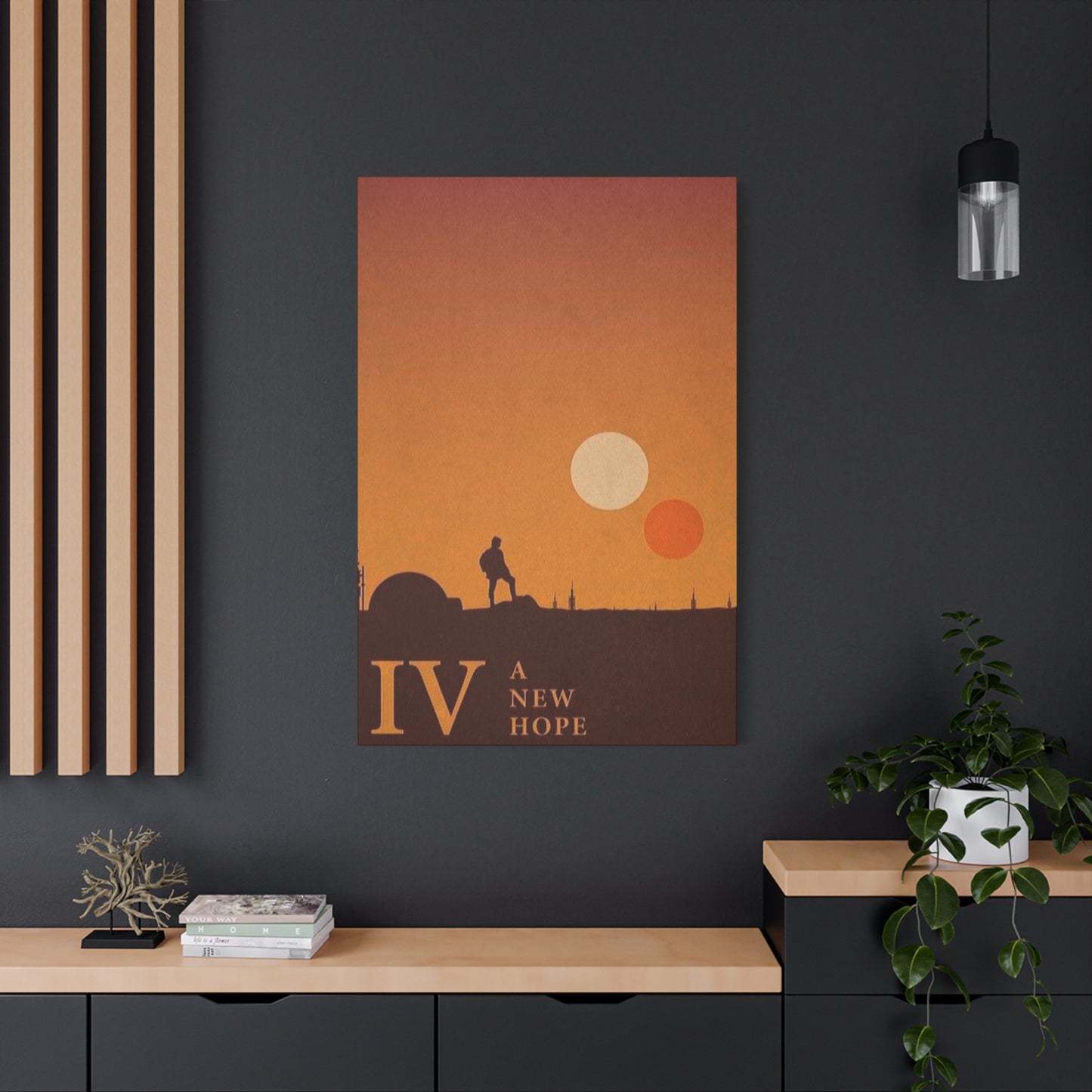Designing Hope: Create Wall Art That Sparks Positivity and Purpose
The power of visual inspiration extends far beyond mere decoration. When thoughtfully designed, wall art becomes a daily source of motivation, a silent mentor that guides your thoughts toward optimism and possibility. Creating spaces filled with hope-centered artwork represents more than an aesthetic choice; it becomes a deliberate practice of surrounding yourself with visual reminders of resilience, growth, and boundless potential.
In our fast-paced world, where stress and uncertainty often dominate headlines and conversations, the importance of cultivating positive environments cannot be overstated. Your walls serve as canvases for change, offering opportunities to infuse every glance with purpose and every moment with renewed energy. The art you choose to display becomes part of your daily narrative, subtly influencing your mindset and emotional well-being throughout each day.
Curating Meaningful Wall Art for Positivity
The journey toward creating positively charged wall art begins with understanding the profound psychological impact visual elements have on human consciousness. Colors, shapes, symbols, and imagery work together to create emotional responses that can either drain or energize your spirit. When selecting pieces for your hope-centered wall display, consider how each element contributes to an overall atmosphere of optimism and forward momentum.
Meaningful curation starts with personal reflection. What symbols, colors, or images naturally lift your spirits? Perhaps gentle landscapes remind you of peaceful moments, while bold abstract pieces energize your creative thinking. Some individuals find inspiration in photographs of loved ones, while others prefer inspirational quotes rendered in beautiful typography. The key lies in choosing pieces that resonate with your personal definition of hope and positivity.
Consider the emotional journey you want your wall to support. Morning inspiration might call for energizing colors and uplifting messages, while evening relaxation could benefit from softer tones and calming imagery. Think about the daily rhythms of your life and how different artistic elements can support various moods and activities throughout your day.
Research in environmental psychology demonstrates that positive visual stimuli can significantly impact mood, productivity, and overall well-being. Studies show that individuals surrounded by uplifting imagery report higher levels of motivation, reduced stress, and improved focus. This scientific backing reinforces the importance of thoughtful art selection in creating environments that actively support mental and emotional health.
When building your collection, focus on pieces that tell stories of triumph, growth, and possibility. Avoid artwork that depicts struggle without resolution or imagery that might subconsciously reinforce negative thought patterns. Instead, seek out pieces that celebrate human resilience, natural beauty, and the endless potential for positive change.
The curation process should also consider the evolution of your personal journey. Choose a mix of pieces that speak to where you are now and where you hope to grow. This might include artwork representing current achievements alongside pieces that symbolize future aspirations. Creating this visual timeline helps maintain motivation while celebrating progress already made.
Creative Canvas Prints to Inspire Hope
Canvas prints offer unique advantages for hope-centered wall displays, combining durability with artistic flexibility. The texture and depth of canvas create visual interest while providing an excellent medium for both photographic and artistic reproductions. When selecting canvas prints for inspirational purposes, focus on high-quality reproductions that maintain color integrity and detail clarity.
Photography printed on canvas can capture moments of natural beauty that serve as daily reminders of wonder and possibility. Sunrise over mountain peaks, waves breaking on pristine beaches, or fields of wildflowers in full bloom all represent renewal and the cyclical nature of hope. These images connect viewers with the larger world, offering perspective during challenging times.
Abstract canvas prints provide opportunities for personal interpretation and emotional connection. Flowing forms, harmonious color gradients, and dynamic compositions can represent the movement and change inherent in hopeful thinking. Abstract pieces allow viewers to project their own meanings and emotions onto the artwork, creating deeply personal connections with the displayed pieces.
Mixed media canvas prints combine photography with artistic elements like hand-painted details, textural additions, or digital enhancements. These pieces bridge the gap between reality and imagination, suggesting that transformation and enhancement are always possible. The layered nature of mixed media work can represent the complexity of hope itself, acknowledging that optimism often emerges from multifaceted experiences.
Typography-based canvas prints offer direct motivational impact through carefully chosen words and phrases. However, effective typographic art extends beyond simple quote reproduction. Consider pieces that integrate meaningful text with complementary visual elements, creating cohesive compositions that engage both intellectual and emotional responses. Font selection, color treatment, and layout all contribute to the overall impact of text-based canvas art.
Custom canvas prints allow for completely personalized hope-centered displays. Commission local artists to create original works based on your specific vision, or work with printing services to transform personal photographs into canvas art. This customization ensures that every piece carries personal significance while contributing to the overall atmosphere of positivity and inspiration.
When arranging canvas prints, consider varying sizes and orientations to create dynamic visual flow. Larger central pieces can serve as focal points, while smaller surrounding prints provide supporting themes and complementary energy. The physical weight and presence of canvas prints make them ideal for creating substantial visual impact without overwhelming smaller spaces.
Turn Any Room into a Sanctuary of Hope
Creating sanctuary spaces requires understanding how different rooms serve various functions and emotional needs. Each space in your home or office offers unique opportunities for hope-centered design, from private bedrooms that support personal reflection to common areas that inspire shared positivity.
Bedroom sanctuaries should emphasize peace, renewal, and gentle motivation. Morning inspiration pieces near windows catch natural light and provide positive starts to each day, while bedside artwork can offer comfort and encouragement during quiet evening moments. Soft color palettes promote restful sleep while maintaining uplifting energy. Consider artwork depicting serene landscapes, gentle abstracts in calming colors, or meaningful photographs that evoke happy memories.
Living room sanctuaries serve as gathering places where positive energy can be shared with family and guests. Central wall displays in these spaces should be substantial enough to anchor the room while remaining welcoming to all who enter. Large-scale pieces featuring nature scenes, community themes, or celebratory imagery work well in these environments. Conversation-starting pieces that invite positive discussion can enhance social connections and shared inspiration.
Home office sanctuaries require artwork that balances motivation with focus. Inspirational pieces should energize without distracting from work tasks. Consider positioning one significant motivational piece where it can be easily viewed during breaks, supplemented by smaller encouraging elements that provide subtle support throughout the workday. Success-themed imagery, growth metaphors, and achievement symbols can reinforce professional goals while maintaining hopeful outlooks.
Kitchen sanctuaries benefit from artwork that celebrates nourishment, gathering, and daily rituals. Food-themed art, family photographs, or pieces representing abundance and gratitude can transform cooking and meal spaces into places of joy and connection. Durable materials that withstand kitchen environments while maintaining artistic integrity are essential for these spaces.
Bathroom sanctuaries often get overlooked but offer excellent opportunities for personal inspiration during daily routines. Smaller pieces that withstand humidity while providing encouragement during morning preparation or evening relaxation can significantly impact daily mood. Water-themed artwork, self-care reminders, or small motivational pieces create positive associations with these necessary daily rituals.
Children's spaces require age-appropriate hope-centered artwork that grows with developing minds. Educational pieces that inspire curiosity, achievement-themed imagery that encourages goal-setting, and playful art that maintains wonder and creativity all contribute to positive developmental environments. Interactive elements or changeable displays allow children to participate in creating their own inspirational spaces.
Artistic Expressions for a Motivational Wall
Motivational walls transcend simple decoration to become daily sources of strength and encouragement. These spaces combine carefully selected artistic elements with intentional design principles to create environments that actively support positive mindset development and goal achievement.
The foundation of any motivational wall lies in understanding personal motivation triggers. Some individuals respond strongly to achievement imagery, such as mountain summits, racing themes, or victory celebrations. Others find motivation in growth metaphors like seedlings becoming trees, butterflies emerging from cocoons, or rivers flowing toward oceans. Identifying your personal motivation symbols helps guide artwork selection for maximum impact.
Color psychology plays a crucial role in motivational wall design. Warm colors like reds, oranges, and yellows naturally energize and stimulate action, making them excellent choices for goal-oriented spaces. Cool colors such as blues and greens provide stability and focus, supporting sustained effort toward long-term objectives. Purple tones combine energy with wisdom, while green represents growth and renewal. Understanding these color associations helps create walls that support specific motivational needs.
Layering different types of artistic expressions creates rich motivational environments that engage multiple senses and learning styles. Combine photographic elements with graphic design, traditional artwork with digital creations, and fixed pieces with changeable elements. This variety maintains visual interest while accommodating different moods and motivational needs throughout various life phases.
Sequential storytelling through arranged artwork can represent progress and journey themes central to motivational thinking. Arrange pieces to suggest movement from challenge to triumph, from small beginnings to significant achievements, or from individual effort to community success. This visual narrative reinforces the idea that positive change is not only possible but natural and expected.
Interactive elements enhance motivational walls by allowing personal engagement and customization. Chalkboard sections for writing daily affirmations, magnetic boards for displaying achievement reminders, or rotating frames for showcasing current goals all create opportunities for active participation in maintaining motivation. These interactive components ensure that motivational walls remain dynamic and personally relevant over time.
Professional and personal achievement displays serve as powerful motivational tools when thoughtfully integrated into artistic wall designs. Frame certifications, awards, or meaningful photographs alongside inspirational artwork to create comprehensive success narratives. This combination of personal history with future aspirations reinforces both past achievements and ongoing potential.
Walls That Speak: Designing a New Hope Feature
Speaking walls communicate messages of hope through carefully orchestrated visual elements that work together to create coherent, powerful statements about possibility and positive change. These feature walls serve as focal points that anchor entire room designs while delivering consistent inspirational messages.
The concept of speaking walls begins with identifying the core message you want to convey. Hope manifests differently for each individual and situation, from recovery and healing themes to growth and achievement narratives. Personal hope stories might focus on overcoming specific challenges, while universal hope themes celebrate human resilience and potential. Clarifying your intended message guides all subsequent design decisions.
Typography serves as the literal voice of speaking walls, transforming meaningful words into visual art. Select fonts that reinforce your hope message through their aesthetic qualities. Elegant scripts suggest refinement and beauty, while bold sans-serif fonts convey strength and determination. Hand-lettered elements add personal touch and authenticity, while digital typography offers precision and consistency. The size, spacing, and arrangement of typographic elements control emphasis and reading flow.
Supporting imagery should enhance rather than compete with your primary message. Photographic backgrounds, subtle patterns, or complementary illustrations can provide context and emotional depth without overwhelming the central communication. Consider how background elements interact with text elements to ensure clear communication while maintaining visual appeal.
Color choices for speaking walls should align with both aesthetic preferences and psychological impact goals. Monochromatic schemes create sophisticated unity, while complementary color combinations generate energy and attention. Consider how lighting conditions throughout the day will affect color appearance and message clarity. Test color combinations under various lighting scenarios to ensure consistent impact.
Physical materials contribute to the speaking quality of hope-focused walls. Textured surfaces add tactile interest and visual depth, while smooth finishes provide clean backgrounds for detailed elements. Mixed material approaches combining painted surfaces with applied graphics, fabric elements, or dimensional components create rich sensory experiences that reinforce hope messages through multiple channels.
Installation planning ensures that speaking walls maintain their communicative power over time. Consider viewing angles from various positions within the room, lighting requirements for optimal visibility, and maintenance needs for different materials. Professional installation might be necessary for complex designs, while simpler approaches allow for personal involvement in the creation process.
Unique Color Palettes for Hope-Inspired Spaces
Color palettes form the emotional foundation of hope-inspired spaces, influencing mood, energy levels, and subconscious associations with optimism and possibility. Developing unique color combinations that support hopeful mindsets requires understanding both color psychology and personal color preferences.
Sunrise-inspired palettes capture the daily renewal and fresh start themes central to hopeful thinking. Soft pinks transitioning to warm golds and gentle oranges mirror natural dawn progressions while creating environments that feel perpetually fresh and full of possibility. These warm, light combinations work particularly well in spaces used for morning routines or new project planning.
Ocean depth palettes use various blues from pale sky tones to deep navy, representing both tranquility and vast potential. Adding white and silver accents suggests foam, waves, and movement, while occasional coral or seafoam green elements provide organic warmth. These combinations create spaces that feel both calming and expansive, supporting both relaxation and big-picture thinking.
Forest growth palettes combine multiple green tones with earth accents, representing renewal, growth, and natural cycles. From pale mint to deep emerald, green variations suggest different stages of development and possibility. Brown and cream accents ground these palettes while gold touches add warmth and light. These combinations work excellently in spaces designed for reflection, planning, or creative work.
Sunset celebration palettes use warm oranges, deep reds, and rich purples to create environments that feel both energizing and satisfying. These combinations suggest achievement, warmth, and community while maintaining sophisticated appeal. Gold accents enhance the celebratory feeling, while cream or warm gray elements provide balance and prevent overwhelming intensity.
Monochromatic hope palettes focus on single color families while using various tints, tones, and shades to create depth and interest. Purple hope palettes might range from lavender to deep plum, representing wisdom, creativity, and spiritual growth. Blue hope palettes from powder blue to navy suggest trust, stability, and infinite possibility. These approaches create cohesive, sophisticated environments while maintaining strong emotional associations.
Neutral foundation palettes use creams, grays, and whites as primary colors while introducing hope-inspired accent colors through artwork, accessories, or small wall sections. This approach allows for color experimentation without major commitment while creating flexible backgrounds for changing inspirational displays. Accent colors can be rotated seasonally or adjusted to support specific goals or life phases.
Seasonal color rotation acknowledges that hope needs and color preferences change throughout the year. Spring palettes might emphasize fresh greens and soft pastels, while summer combinations could feature brighter, more energetic tones. Autumn palettes using warm oranges and golds suggest harvest and gratitude themes, while winter combinations might focus on deep, comforting colors with bright accent points.
How to Make a Wall Tell a Story
Storytelling walls create narrative experiences that guide viewers through journeys of hope, growth, and transformation. These installations go beyond simple artwork display to create sequential visual experiences that reinforce positive life narratives and future possibilities.
Story development begins with identifying the narrative arc you want to create. Personal journey stories might chronicle specific challenges overcome, goals achieved, or dreams pursued. Universal stories could celebrate human resilience, natural cycles, or community achievement. Family stories might trace generational progress or shared values. Clear story identification guides artwork selection and arrangement decisions.
Beginning elements establish story context and draw viewers into the narrative. These pieces should be visually engaging while introducing key themes or characters. In personal hope stories, beginning elements might represent starting points, dreams, or initial challenges. In universal narratives, opening pieces could establish settings or introduce central concepts that will develop throughout the story.
Development sections carry stories forward through multiple stages or episodes. These middle elements should show progression, change, and movement toward resolution. Character development, obstacle navigation, and skill building all represent common development themes in hope-centered narratives. Varying sizes and intensities of artwork pieces can represent different story phases and emotional peaks.
Resolution elements provide story conclusions that reinforce hope themes while suggesting ongoing possibility. These pieces should feel satisfying without being final, acknowledging achievement while maintaining forward momentum. Success celebrations, transformation completions, or new beginning preparations all provide appropriate resolution themes for hope-focused storytelling walls.
Visual flow techniques guide viewers through story sequences in intended orders. Size progression from small to large can suggest growth themes, while color intensity changes can represent emotional journeys. Physical positioning using height variations, spacing patterns, or directional elements helps control viewing sequence and story comprehension.
Interactive story elements allow viewers to engage actively with narratives while personalizing story meanings. Changeable components representing current goals, removable elements highlighting different story aspects, or spaces for adding personal story elements all increase engagement and relevance. These interactive features ensure that storytelling walls remain dynamic and personally meaningful over time.
Supporting text elements can provide story clarity without overwhelming visual impact. Small plaques, subtle graphic elements, or integrated typography can offer context, dates, or motivational quotes that enhance story understanding. However, visual storytelling should remain the primary communication method, with text serving supportive rather than dominant roles.
Minimalist Yet Powerful: The New Hope Wall
Minimalist hope walls demonstrate that impactful inspiration doesn't require complexity or abundance. These designs rely on careful selection, precise placement, and high-quality elements to create maximum emotional impact through minimal visual means.
The minimalist philosophy emphasizes intentionality over quantity, requiring that every element included serves specific purposes within the overall hope message. This approach demands careful consideration of each component's contribution to the desired emotional and psychological impact. Elements that don't directly support the hope theme should be eliminated, regardless of their individual beauty or appeal.
Single focal point designs center entire walls around one significant piece that embodies the complete hope message. This might be a large-scale photograph, an impactful painting, or a meaningful quote rendered in beautiful typography. The surrounding space should enhance rather than compete with this central element, using color, lighting, and negative space to amplify the primary piece's impact.
Geometric simplicity uses basic shapes and clean lines to represent hope concepts through abstract means. Circles might represent unity and wholeness, upward triangles suggest growth and aspiration, while flowing curves could indicate movement and change. These geometric approaches allow viewers to project personal meanings onto simple forms while maintaining sophisticated aesthetic appeal.
Limited color palettes in minimalist hope walls typically feature two to three colors maximum, creating cohesive visual experiences without distraction. Monochromatic schemes using single colors in various intensities provide unity and sophistication, while carefully chosen accent colors can highlight specific elements or add emotional warmth. White space serves as an active design element rather than empty background.
Quality over quantity principles guide material selection for minimalist hope walls. Each element should represent the highest quality available within budget constraints, whether purchasing original artwork, commissioning custom pieces, or selecting premium printing options. Superior materials and craftsmanship ensure that limited elements make maximum impact while lasting over time.
Strategic lighting enhances minimalist hope walls by drawing attention to selected elements while creating mood and atmosphere. Track lighting, picture lights, or accent illumination can transform simple pieces into focal points while supporting the overall minimalist aesthetic. Natural light integration should also be considered, as changing illumination throughout the day can alter the emotional impact of minimalist displays.
Negative space utilization recognizes empty wall areas as active design elements rather than spaces waiting to be filled. Proper spacing around selected pieces allows each element room to breathe while creating visual rest areas that prevent overwhelming viewers. The relationship between positive and negative space contributes significantly to the overall emotional impact of minimalist hope walls.
Layering Textures and Prints for Inspirational Decor
Textural layering creates rich, engaging wall displays that appeal to multiple senses while reinforcing hope themes through varied materials and surface treatments. These approaches add depth, interest, and tactile appeal to inspirational spaces without requiring extensive artwork collections.
Natural texture integration brings organic elements into inspirational wall designs, connecting hope themes with natural growth and renewal cycles. Wood grains, stone surfaces, fabric weaves, and plant materials all provide textural interest while reinforcing connections with natural world cycles. These elements ground hope concepts in tangible, familiar experiences.
Dimensional layering creates physical depth through varied surface heights and projection levels. Floating frames, shadow boxes, mounted canvases, and sculptural elements all contribute different depth levels while maintaining cohesive design approaches. This physical variation mimics the complexity of hope itself, acknowledging that inspiration emerges from multifaceted experiences.
Print combination strategies mix different printing techniques and materials to create varied textural experiences within unified designs. Canvas prints, metal photographs, paper illustrations, and fabric graphics each contribute unique surface qualities while supporting shared hope themes. Mixing print types prevents monotony while maintaining design coherence.
Fabric integration adds softness and warmth to inspirational wall displays while providing opportunities for seasonal changes and personal customization. Textile art, hanging fabric panels, or upholstered display boards can incorporate meaningful patterns, colors, or materials that hold personal significance. Fabric elements also provide acoustic benefits in spaces used for reflection or meditation.
Reflective surface incorporation uses mirrors, metallic finishes, or glass elements to add light and energy to hope-focused walls. These surfaces multiply existing light sources while creating dynamic visual effects that change throughout the day. Reflective elements can also symbolically represent self-reflection, inner light, or the multiplication of positive energy.
Seasonal texture rotation acknowledges that inspiration needs change throughout the year while providing opportunities for creative refreshment. Summer displays might emphasize light, airy textures, while winter arrangements could focus on warmer, more comforting materials. This rotation maintains visual interest while supporting changing emotional and practical needs.
Mixed media approaches combine various artistic techniques and materials within individual pieces or overall displays. Photography combined with painting, digital graphics enhanced with hand-drawn elements, or traditional art integrated with modern materials all create unique pieces that resist easy categorization while providing rich visual experiences.
DIY Tips for a Personalized New Hope Wall
Do-it-yourself approaches to creating hope-centered walls offer opportunities for personal expression, cost savings, and deep emotional investment in the creation process. These projects can be scaled to match available time, skills, and budgets while ensuring completely personalized results.
Planning phases for DIY hope walls should begin with clear vision development, including desired emotional impact, available space assessment, and realistic timeline establishment. Sketch potential layouts, create color samples, and gather inspiration images before beginning actual construction. This preparation prevents costly mistakes while ensuring that finished projects meet original intentions.
Basic material collection focuses on versatile supplies that support multiple project approaches. Quality paints, brushes, and primers form foundations for painting projects, while crafting adhesives, mounting materials, and protective finishes support various application techniques. Investing in good basic supplies ensures better results while providing flexibility for project evolution.
Stenciling techniques allow individuals with limited artistic skills to create professional-looking typography and design elements. Custom stencils can be created using computer design programs and cutting machines, while commercial stencils provide tested options for common motivational themes. Proper stenciling technique requires patience and practice but produces consistent, clean results.
Photo transfer methods enable personal photographs to be integrated into painted or fabric surfaces, creating unique mixed-media pieces that combine personal memories with inspirational themes. Various transfer techniques suit different materials and desired effects, from permanent options for lasting displays to temporary methods allowing seasonal changes.
Collage approaches combine multiple elements into unified compositions that tell complex hope stories through layered imagery, text, and materials. Digital collages can be printed as single pieces, while physical collages allow for textural variation and dimensional effects. This technique works particularly well for representing journey themes or multifaceted goals.
Modular design systems create walls that can be easily updated or reconfigured as needs change. Using consistent mounting systems, frame sizes, or display methods allows individual elements to be moved, replaced, or supplemented without redesigning entire walls. This flexibility supports evolving hope themes while protecting initial time and material investments.
Budget-friendly alternatives focus on maximizing impact while minimizing expense through creative material use and strategic spending priorities. Dollar store frames can be upgraded with quality matting and careful arrangement, while free or low-cost images from online sources can be professionally printed for significant visual impact. Focusing spending on key elements while economizing elsewhere creates balanced results.
Bringing Emotional Depth to Your Wall Decor
Emotional depth in wall decor transcends surface aesthetics to create environments that resonate with viewers on profound psychological and spiritual levels. These spaces acknowledge the complexity of human experience while maintaining focus on hope, growth, and positive transformation.
Psychological color application goes beyond basic color theory to consider individual emotional associations and cultural meanings that influence subconscious responses to visual environments. Personal color history, including childhood memories, significant life events, and cultural background, all influence how specific colors affect individual emotional states. Understanding these personal associations helps create wall decor that supports rather than conflicts with individual psychological needs.
Symbolic imagery integration uses universally recognized symbols alongside personally meaningful elements to create wall displays that communicate hope on multiple levels. Natural symbols like trees, water, or light carry broad cultural associations with growth, cleansing, and illumination, while personal symbols might include family crests, spiritual icons, or achievement representations. Balancing universal and personal symbolism creates walls that speak to both individual needs and shared human experiences.
Memory incorporation acknowledges that hope often builds upon past positive experiences and supportive relationships. Thoughtfully integrated photographs, inherited artwork, or recreated meaningful scenes can provide emotional anchoring while supporting forward-looking inspiration. These memory elements should enhance rather than dominate hope themes, serving as foundations for future-focused energy.
Seasonal emotional support recognizes that hope needs fluctuate throughout the year, with different seasons presenting unique challenges and opportunities for inspiration. Wall displays that acknowledge these cycles while maintaining consistent supportive energy help individuals navigate seasonal emotional variations. This might involve subtle color shifts, changeable accent pieces, or lighting modifications that support seasonal emotional needs.
Trauma-informed design principles ensure that hope-focused wall decor supports healing and resilience without inadvertently triggering negative responses. This approach requires careful consideration of imagery, color, and symbolic content that might carry difficult associations for individuals with challenging life experiences. Professional consultation might be appropriate when designing spaces intended to support recovery or healing processes.
Growth documentation creates visual records of positive change and personal development through strategically placed elements that can be updated or added over time. Photo timelines, achievement displays, or goal-tracking visual systems all provide ongoing encouragement while creating tangible evidence of progress. These dynamic elements maintain relevance and motivation throughout extended time periods.
Community connection themes acknowledge that hope often flourishes in supportive social environments. Wall displays that celebrate relationships, community achievements, or shared values help maintain connection with supportive networks while reinforcing individual resilience. These elements remind viewers that hope is both personal and communal, strengthened through connection with others.
Gallery-Worthy Walls That Inspire and Motivate
Gallery-quality wall installations bring museum-level sophistication to inspirational spaces while maintaining accessibility and personal relevance. These displays demonstrate that hope-centered art can achieve professional aesthetic standards while serving practical emotional and motivational functions.
Curatorial approaches to hope-focused walls borrow techniques from professional gallery and museum display to create cohesive, impactful presentations. This includes careful attention to piece relationships, viewing flows, lighting design, and contextual information that enhance rather than overwhelm individual artworks. Professional curatorial principles can be adapted for residential and office spaces while maintaining personal relevance and meaning.
Lighting design principles from gallery practice ensure that inspirational artwork receives optimal illumination for maximum visual impact while protecting materials from damage. Track lighting systems, picture lights, and accent illumination all contribute to professional presentation quality while supporting the emotional goals of inspirational displays. Proper lighting can transform modest artwork into gallery-worthy focal points.
Matting and framing standards elevate everyday prints and photographs to exhibition quality through careful selection of complementary materials and professional mounting techniques. Quality matting provides visual separation while protecting artwork, while frame selection should enhance rather than compete with displayed pieces. Consistent framing approaches create unified presentations even when displaying diverse artwork types.
Professional installation techniques ensure that gallery-worthy walls maintain their impact over time while protecting both artwork and wall surfaces. Proper hanging systems, level placement, and secure mounting prevent damage while allowing for future reconfiguration. Investment in quality installation tools and techniques produces lasting results that justify initial time and material costs.
Authentication and provenance documentation, when applicable, adds credibility and value to inspirational art collections while providing interesting background information that enhances emotional connections with displayed pieces. This might include artist biographies, creation stories, or historical context that deepens appreciation and understanding of selected works.
Conservation considerations protect inspirational art investments while ensuring long-term beauty and impact. Understanding how different materials respond to environmental conditions, implementing appropriate cleaning and maintenance routines, and protecting against damage from light, humidity, and handling all contribute to preserving gallery-quality presentations.
Exhibition rotation strategies maintain visual freshness while protecting valuable pieces from overexposure to light and environmental conditions. Planning seasonal displays, creating storage solutions for non-displayed works, and developing rotation schedules prevent staleness while providing opportunities to highlight different hope themes throughout the year.
Workplace Inspiration: Office Spaces with Hopeful Wall Art
Professional environments present unique opportunities for hope-centered wall art that supports both individual motivation and team collaboration while maintaining appropriate workplace aesthetics. These installations demonstrate that inspirational design can enhance rather than conflict with professional effectiveness and organizational culture.
Corporate culture alignment ensures that inspirational wall art reinforces rather than contradicts organizational values and professional expectations. Understanding company culture, industry standards, and workplace atmosphere helps guide artwork selection that supports both personal inspiration and professional success. This alignment creates coherent environments that feel both motivating and appropriate.
Productivity enhancement through strategic artwork placement recognizes that different types of inspiration support various work activities. Focus-supporting pieces near detail-oriented work areas, collaboration-encouraging displays in meeting spaces, and stress-reduction imagery in high-pressure zones all contribute to improved workplace effectiveness. Understanding workflow patterns helps determine optimal placement for different types of inspirational art.
Team motivation displays celebrate collective achievements while inspiring continued collaboration and goal pursuit. Group photographs from successful projects, company milestone documentation, or community service recognition all reinforce team identity while maintaining forward-looking motivation. These displays should balance individual recognition with collective celebration.
Stress reduction imagery provides visual respite from demanding work environments while maintaining professional appropriateness. Natural scenes, calming abstracts, or peaceful photography can offer psychological breaks without requiring physical departure from work areas. These elements support mental health and sustained performance throughout demanding workdays.
Goal visualization systems in workplace environments help maintain focus on professional objectives while providing motivation during challenging periods. Vision boards, progress displays, or achievement timelines can be integrated into professional wall designs without compromising workplace aesthetics. These systems should be easily updateable to reflect changing goals and circumstances.
Client impression management recognizes that workplace wall art communicates organizational values and professionalism to visitors and clients. Inspirational artwork should enhance rather than distract from business relationships while demonstrating company culture and values. High-quality, professionally presented displays contribute to positive client perceptions while supporting employee motivation.
Wellness program integration connects inspirational wall art with comprehensive workplace wellness initiatives that support employee health and satisfaction. Art therapy programs, mindfulness support imagery, or wellness challenge displays all contribute to holistic workplace wellness while maintaining inspirational focus. These connections demonstrate organizational commitment to employee wellbeing.
Contemporary Designs for Inspirational Wall Statements
Contemporary inspirational wall design incorporates current artistic trends and technologies while maintaining timeless appeal and motivational effectiveness. These approaches demonstrate that hope-centered spaces can be both cutting-edge and emotionally meaningful.
Digital art integration leverages modern technology to create dynamic, changeable inspirational displays that can be updated easily and cost-effectively. Digital frames, projection systems, or smart display technology allow for seasonal updates, goal-specific messaging, or real-time motivational content. These systems require initial investment but provide ongoing flexibility and relevance.
Geometric abstraction uses modern design principles to create inspirational displays that feel current and sophisticated while avoiding dated aesthetic trends. Clean lines, mathematical relationships, and purposeful color application create environments that support contemporary lifestyles while maintaining emotional resonance. These approaches appeal to individuals who prefer subtle rather than obvious inspirational messaging.
Mixed media approaches combine traditional artistic techniques with modern materials and technologies to create unique pieces that resist easy categorization. 3D printing, laser cutting, LED integration, or smart materials can be incorporated into inspirational displays that respond to environmental conditions or user interaction. These innovations create engaging experiences that maintain viewer interest over time.
Sustainable design principles acknowledge environmental consciousness while creating inspirational spaces that align with contemporary values around responsibility and stewardship. Recycled materials, locally sourced artwork, energy-efficient lighting, and durable construction all contribute to hope-focused spaces that support both personal inspiration and environmental wellness.
Cultural fusion recognizes the global nature of contemporary society while creating inspirational displays that honor diverse artistic traditions and wisdom sources. Combining elements from various cultural backgrounds creates rich, inclusive environments that support broader perspectives on hope and possibility. These approaches require cultural sensitivity and education to ensure respectful rather than appropriative integration.
Technology integration beyond digital displays includes smart lighting systems, environmental sensors, or interactive elements that respond to user presence or preferences. These features create personalized experiences while maintaining the fundamental goal of inspiration and motivation. Technology should enhance rather than dominate the inspirational message.
Modular systems reflect contemporary preferences for flexibility and adaptability through display methods that can be easily reconfigured as needs, preferences, or circumstances change. Magnetic mounting systems, interchangeable panels, or grid-based arrangements all provide opportunities for ongoing customization while maintaining design coherence.
Bold Typography and Art for Hope Walls
Typography serves as both artistic element and direct communication tool in hope-centered wall displays, offering opportunities for immediate impact while contributing to overall aesthetic sophistication. Bold typographic approaches demonstrate confidence and conviction while delivering unmistakable inspirational messages.
Font psychology recognizes that typeface selection influences message perception and emotional response beyond actual word content. Sans-serif fonts suggest modernity and clarity, while serif fonts convey tradition and reliability. Script fonts add personal touch and elegance, while display fonts provide unique character and memorable impact. Understanding these associations helps select typography that reinforces rather than conflicts with intended hope messages.
Scale relationships between typographic elements and supporting imagery require careful balance to ensure message clarity without overwhelming viewers. Large-scale typography can serve as primary focal points, while smaller text provides supporting information or context. Hierarchy establishment through size, color, and positioning guides reader attention and comprehension flow.
Color application in hope-focused typography extends beyond basic visibility to consider psychological impact and aesthetic integration with surrounding design elements. High contrast combinations ensure readability while bold color choices can energize and motivate. Gradient effects, shadow treatments, or textural applications add visual interest while maintaining message clarity.
Custom lettering creates unique typographic elements that resist duplication while providing completely personalized inspirational messaging. Hand lettering, digital custom fonts, or hybrid approaches combining multiple techniques all offer opportunities for distinctive expression. These custom elements require additional time and skill investment but provide unmatched personalization and visual impact.
Integration with imagery requires thoughtful composition that balances typographic and visual elements without creating competition for viewer attention. Typography can be overlaid on imagery, integrated into visual compositions, or positioned to complement rather than compete with supporting artwork. Successful integration creates unified messages that engage both intellectual and emotional responses.
Material exploration moves typography beyond traditional printing to include carved, etched, painted, or dimensional lettering that adds tactile interest and visual depth. Wood, metal, acrylic, or fabric applications each provide unique aesthetic qualities while supporting different hope themes and design approaches. Material selection should align with overall design goals and maintenance requirements.
Interactive typography incorporates elements that change, move, or respond to user interaction while maintaining clear inspirational messaging. Changeable letter boards, magnetic poetry systems, or digital displays that update with new content all provide ongoing engagement while supporting evolving hope themes and personal growth.
Creating a Space That Feels Uplifting and Alive
Living spaces that successfully inspire hope and positive energy demonstrate careful integration of multiple design elements that work together to create environments supporting both daily activities and long-term wellbeing. These spaces feel energetic without being overwhelming, peaceful without being static.
Energy flow principles borrowed from various design traditions recognize that physical spaces can support or hinder positive energy movement through thoughtful arrangement of furniture, artwork, and architectural elements. Clear pathways, balanced arrangements, and purposeful focal points all contribute to environments that feel dynamic and welcoming rather than stagnant or chaotic.
Natural light integration maximizes available illumination while supporting circadian rhythms and psychological wellbeing that contribute to hopeful mindsets. Strategic mirror placement, light-colored surfaces, and window treatment selection all influence how natural light moves through spaces throughout the day. Artificial lighting supplements natural sources while maintaining warm, welcoming atmospheres.
Living element incorporation through plants, water features, or natural materials brings organic energy into inspirational spaces while reinforcing connections with natural growth and renewal cycles. These elements require ongoing care that can become part of daily mindfulness practices while providing visual interest and air quality benefits.
Conclusion
Designing hope through wall art offers a transformative way to infuse interiors with positivity, inspiration, and meaningful purpose. By featuring uplifting messages, vibrant colors, and thoughtfully crafted imagery, these artworks turn ordinary walls into motivational focal points that encourage optimism and emotional well-being. Whether displayed in living rooms, bedrooms, offices, or creative studios, hope-inspired wall art elevates interiors by blending aesthetic appeal with emotional resonance, creating spaces that foster reflection, empowerment, and personal growth.
The appeal of hope-centered wall art lies in its ability to combine visual artistry with emotional impact. Artists use color, composition, typography, and imagery to evoke feelings of resilience, joy, and possibility. Bright hues, flowing forms, and dynamic patterns can inspire energy and creativity, while subtle tones and minimalist designs promote calm and contemplation. Each piece is carefully designed to resonate with viewers on both a visual and emotional level, making walls more than decorative—they become sources of motivation and inspiration.
Beyond aesthetics, hope-inspired wall art carries profound symbolic significance. Messages of encouragement, symbolic imagery, and abstract representations of growth, light, or progress serve as daily reminders of positivity, perseverance, and purpose. Incorporating these artworks into interior design encourages mindful reflection, nurtures optimism, and creates an environment that uplifts mood and fosters confidence. Each canvas or print becomes more than decoration; it is a beacon of emotional support and a celebration of resilience and human potential.
From a design perspective, hope-inspired wall art is highly versatile. Large canvases serve as dramatic statement pieces in living rooms, office spaces, or community areas, while smaller prints or gallery arrangements enhance bedrooms, hallways, or personal workspaces. The combination of thoughtful design, harmonious color palettes, and meaningful messaging allows these pieces to complement contemporary, minimalist, or eclectic interiors, offering cohesion while adding depth and inspiration to any space.
Ultimately, designing hope through wall art is more than a decorative choice—it is an intentional effort to create spaces that inspire, empower, and elevate everyday life. By thoughtfully incorporating hope-driven pieces into interiors, homeowners can craft environments that motivate, nurture well-being, and celebrate positivity. Each artwork transforms walls into sources of encouragement and purpose, offering a lasting visual and emotional reminder of resilience, optimism, and the beauty of a hopeful mindset.

















